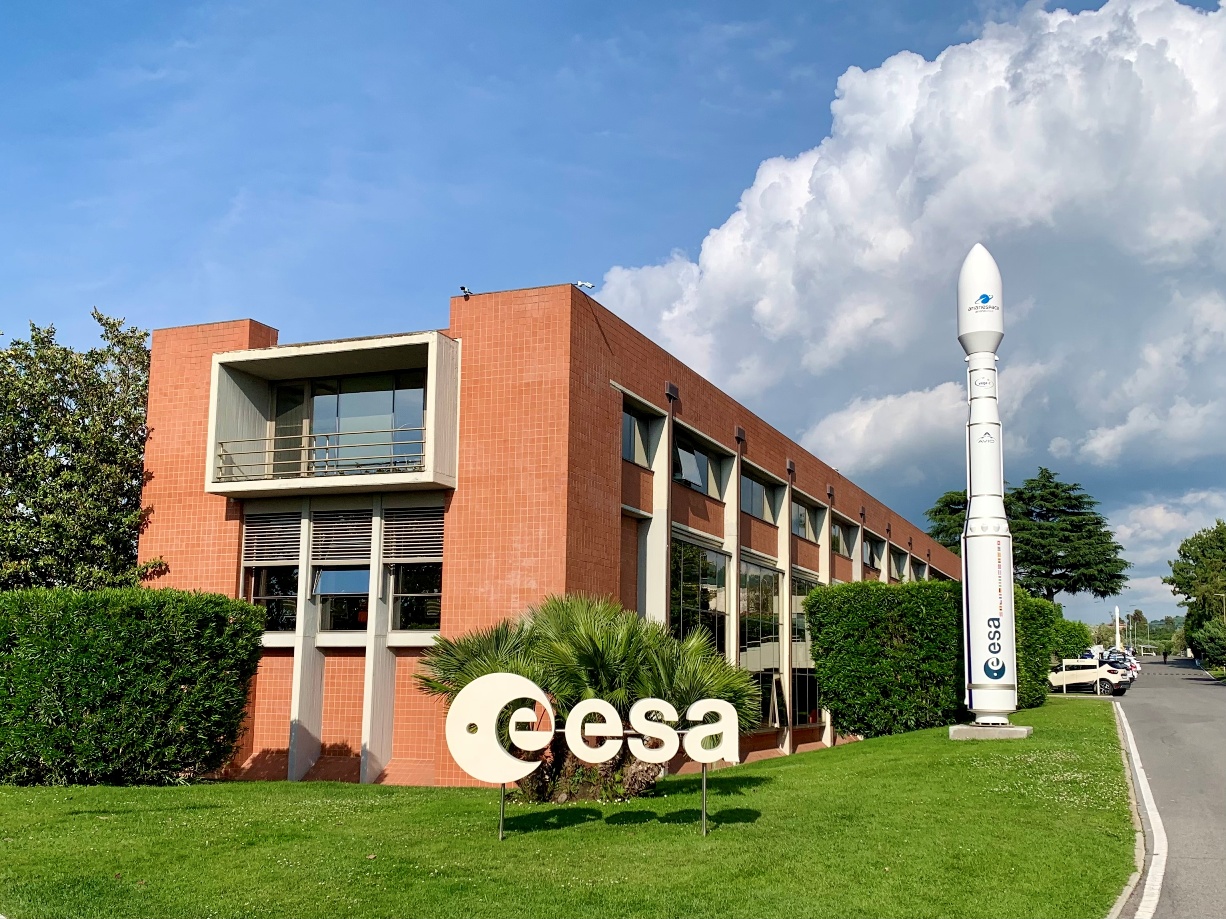Successful collaboration with ESA

Last week, the project of the Institute of Experimental Physics SAS for the European Space Agency (ESA) under the RPA scheme was successfully completed. The final meeting took place at the ESA – ESRIN facility near Rome, Italy. The aim of the project was to prepare a study on the use of machine learning models for the planned ESA mission Vigil, which will be the first one to monitor space weather in real time from the L5 point.
“This is already the ninth successful ESA project of the Institute of Experimental Physics SAS. Since 2016, when Slovak institutions gained the opportunity to directly collaborate with ESA (through programs such as PECS, RPA, and others), we have been able to significantly advance our expertise and have also gained the opportunity to work more closely with European partners. In this particular project, we collaborated with experts from Politecnico di Torino (Italy) as well as members of the ESA team responsible for the preparation of the Vigil mission,” said Šimon Mackovjak, head of the Department of Space Physics at the IEP SAS, who was responsible for the scientific and management aspects of the project.
The launch of the ESA Vigil mission is scheduled for 2031, but work is already underway on solutions for how the collected data will be processed. The mission will offer a unique view of the space between the Sun and the Earth, significantly contributing to more accurate forecasts of hazardous events such as geomagnetic storms. The main question of the project was how to utilize available data from existing space missions and how to design machine learning tasks that would improve the timeliness and accuracy of predictions of dangerous events based on data from the Vigil mission. Part of the results has already been published in a paper by Majirský et al. (2025), and two more publications based on further results are currently in preparation.
“In our first paper, we focused on data preparation, which are an essential part for development of machine learning models. Consecutive papers are already focusing on the specific use of this data for predicting the arrival of plasma from the Sun to Earth. It was very motivating to hear from ESA experts that our work is useful for the upcoming Vigil mission,” said Adam Majirský and Silvia Kostárová, PhD. Student at IEP SAS, who have been working intensively on the project over the past year and a half.
“I believe that this successful project is a starting point for further collaboration on the mission. Although it may seem that the launch of the Vigil probe is still far away, there is still a great deal of work to be done to ensure that everything is ready and functioning from the very first day the mission begins delivering data. Sadly, it is very heartbreaking that an important member of our team, Samuel Amrich, who tragically passed away before the project was finalized, will no longer be with us to contribute,” said the space physicist.
Three more ESA projects are currently being carried out at the Institute of Experimental Physics SAS. These projects involve essential collaboration with European partners from the Technical University of Košice, the Czech Academy of Sciences, the Royal Observatory of Belgium, and DLR – the German Aerospace Center.
Source: News at SAS
 Contact
Contact Intranet
Intranet SK
SK






